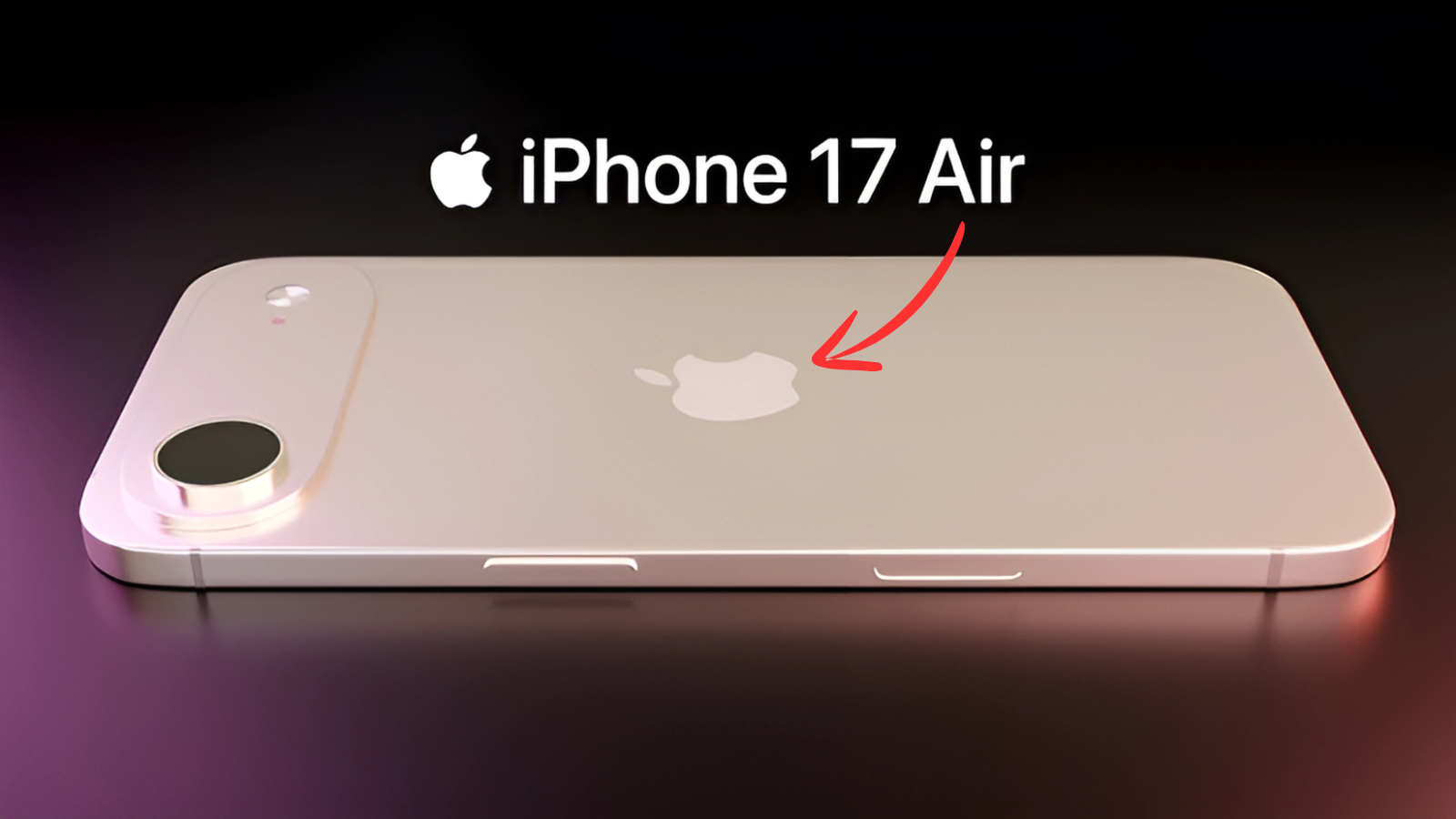iPhone 17 Air: Last week, I held Samsung’s Galaxy S25 Edge for the first time, and honestly? It felt almost magical. That impossibly thin profile made every other phone in my pocket feel like a brick by comparison. Which is why Apple’s rumored iPhone 17 Air has me genuinely conflicted – because while ultra-thin smartphones are undeniably appealing, they come with trade-offs that might make you question everything.
The Thinness That Changes Everything
Here’s what we’re talking about when we say “impossibly thin.” The iPhone 17 Air is expected to be around 5.5mm thick, and at 5.5mm, it will be the thinnest iPhone released to date. To put that in perspective, your current iPhone 16 measures 7.8mm thick. We’re literally talking about shaving nearly half the thickness off a modern smartphone.
But this isn’t just about bragging rights or engineering prowess. According to the leaker going by the account name “yeux1122” on the Korean-langauge Naver blog, the 6.6-inch iPhone 17 Air has a weight of approximately 145 grams, which would make it lighter than many phones with smaller screens. That’s the kind of weight reduction you actually feel in your pocket.
The big question, though, is whether Apple can pull this off without completely destroying the user experience. And honestly, the early signs are… complicated.
Display Technology That Doesn’t Compromise
One area where Apple apparently isn’t cutting corners is the screen. All four iPhones released in 2025 are expected to get ProMotion display technology with a 120Hz maximum refresh rate for smoother scrolling and video playback, which means that ProMotion will no longer be a feature limited to the Pro iPhone models.
This is huge news for anyone who’s been waiting for ProMotion to trickle down to more affordable models. Apple intends to expand ProMotion to the entire lineup in 2025, including the iPhone 17 “Air,” allowing all iPhone 17 models to ramp up to a 120Hz refresh rate for smoother scrolling and video content when necessary.
The display itself is rumored to measure 6.6 inches, slightly smaller than the current iPhone 16 Plus but still plenty large for media consumption and productivity tasks.

The Battery Reality Check That Has Everyone Worried
And here’s where things get uncomfortable. Previous leaks have put the iPhone 17 Air battery size at 2,800 mAh, and recent reports suggest it could be even smaller. The battery capacity of Apple’s rumored iPhone 17 Air will be below the 3,000 mAh mark, according to multiple leakers.
To put this in context, that’s significantly smaller than what you’ll find in most current iPhones. The iPhone 16 Plus, which the Air will presumably replace, packs a much larger battery. We’re talking about a potential step backward in battery life at a time when all-day usage has become table stakes.
The concerning part? iPhone 17 Air battery life will only be sufficient for around 60-70% of users, down from the typical 80-90%, based on Apple’s internal testing metrics.
Apple’s Software Solution Strategy
Apple apparently recognizes this challenge and is betting heavily on software optimization. To compensate for the smaller battery, Apple plans to rely on iOS 26’s Adaptive Power Mode, a new software feature designed to stretch battery life throughout the day.
But here’s my concern – relying on power-saving modes to achieve basic all-day battery life feels like a step backward. Nobody wants to constantly manage their phone’s power consumption just to make it through a normal day.
There’s also talk of Apple is planning to release a battery case as an optional accessory for the iPhone 17 Air, which honestly defeats the entire purpose of having an ultra-thin phone if you need to bulk it up with a case to get decent battery life.
Camera Compromises That Make Sense
The camera situation is more understandable given the space constraints. With limited internal space due to the slimmed down design, the iPhone 17 Air will get just a single-lens rear camera. Rumors suggest it will use the same 48-megapixel Wide camera that’s in the iPhone 16 models.
This means no ultrawide, no telephoto, and probably no spatial video capabilities. For many users, that’s a significant sacrifice. But I can understand Apple’s logic here – something has to give when you’re working with such tight space constraints.
Pricing and Positioning Questions
Interestingly, we haven’t yet heard if the iPhone 17 line will cost the same as the iPhone 16 line. Most rumors suggest the “Plus” model will be replaced by the new super-slim “Air” model, which will take over its price in the lineup as well, potentially starting around $899.
That pricing would position the Air as a mid-tier option between the standard iPhone 17 and the Pro models, which actually makes sense given the feature compromises.
The September Launch Reality
The iPhone 17 Air will be introduced in September 2025, at Apple’s annual fall iPhone-centric event. It will launch shortly after, and will be sold alongside the iPhone 17, iPhone 17 Pro, and iPhone 17 Pro Max.
Realme Narzo 70 Pro 5G comes with 120Hz display – check price
iPhone 17 Air The Bigger Question About Design Philosophy
What fascinates me most about the iPhone 17 Air is how it represents Apple’s willingness to experiment again. We haven’t seen a truly radical iPhone design change in years, and this ultra-thin approach could either be brilliant or a cautionary tale about prioritizing form over function.
The real test will be whether users actually want a phone this thin badly enough to accept potentially worse battery life and fewer cameras. My gut feeling? It’s going to be divisive. Some people will absolutely love the premium feel and portability, while others will find the compromises unacceptable.
Either way, September can’t come soon enough to see how this particular Apple experiment plays out in the real world.